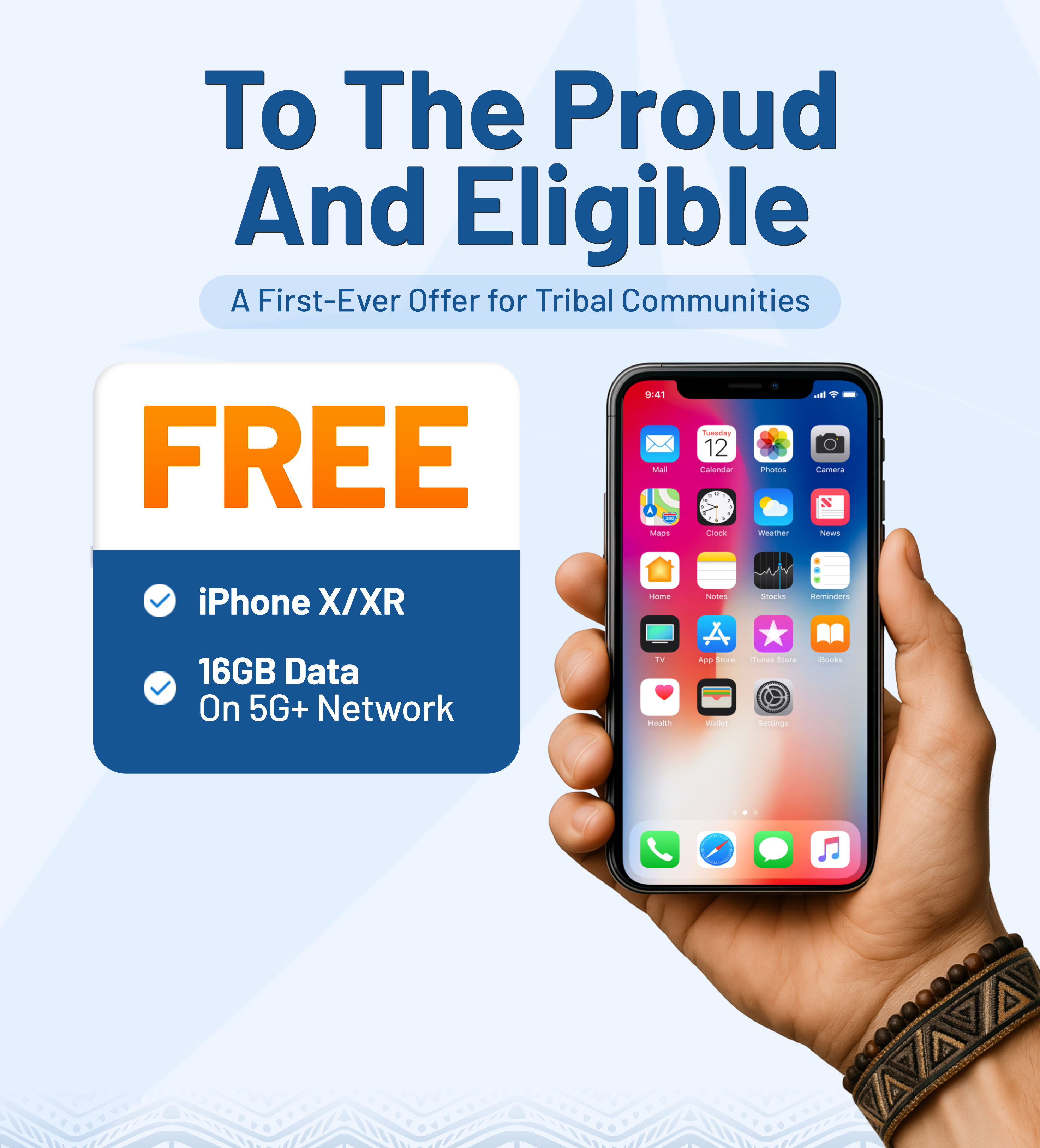What is IMEI serves as the focus of this comprehensive guide. Our introduction covers how it differs from SIM identifiers, why carriers and manufacturers use it to verify devices and block stolen phones, and practical steps for checking, protecting, and using IMEI when buying, selling, or managing devices to reduce fraud and improve mobile security.
1.What Is IMEI and Why It Matters?
When it comes to smartphones, every device has its own unique identification number. This number is called IMEI, a unique code that distinguishes one phone from millions of others in circulation. But what is IMEI, and why is it so important?
Definition
The IMEI (International Mobile Equipment Identity) is a unique 15-digit code that acts like the “fingerprint” of every mobile device. Each digit in this sequence carries a specific meaning:
- First 8 digits (TAC – Type Allocation Code): Indicate the model and type of the device.
- The following six digits (SNR – Serial Number) represent the unique production code assigned to each individual device.
- Last digit (Check digit): Used to verify the validity of the IMEI.
- The key point to remember: IMEI is tied to the device’s hardware, not to the SIM card or user account. That’s why when you change your SIM card, your IMEI number remains the same.
What is the IMEI number on iPhone and other devices?
In practice, every device with a mobile modem has an IMEI, but the way it appears may vary:
On iPhone
Apple assigns an IMEI to each mobile modem. On iPhones that support dual SIM (nano-SIM + eSIM or dual eSIM), you will see two different IMEI numbers.
Users can find it in Settings > General > About, by dialing *#06#, or on the device box/receipt.
On Android
The principle is the same. Dual SIM phones will have IMEI1 and IMEI2. You can check them in Settings > About phone > Status or by dialing *#06#.
On other devices
Tablets with LTE/5G support, LTE-enabled smartwatches, or mobile hotspots also have IMEIs. However, devices that only use Wi-Fi (without SIM/eSIM slots) do not have an IMEI.
The general rule is simple: one mobile modem = one IMEI. This is how carriers and manufacturers identify devices worldwide.

>>> Read more: What Is an eSIM Card and How Does It Work?
2. What Is IMEI Number Used For?
IMEI plays a crucial role in how your device interacts with mobile networks and how you protect it.
Main purposes of IMEI
Every phone has a unique IMEI because it plays several critical roles:
Device identification on mobile networks
When you insert a SIM card, the carrier not only identifies the subscriber (via IMSI) but also the device (via IMEI).
Your phone can seamlessly connect to networks from 2G all the way up to 5G, while carriers apply the right policies to each device.
Theft protection and device blocking
If a phone is stolen, you can request your carrier to place its IMEI on a blacklist.
Once blacklisted, the device cannot use another SIM card to connect to mobile networks, making it almost useless to thieves.
Warranty and origin check
Manufacturers, service centers, or buyers can use IMEI to check warranty status, origin, and hardware version. This helps users avoid counterfeit or refurbished devices that are not genuine.
eSIM and enterprise management
In enterprise environments, iMEI is used for Mobile Device Management (MDM) and for accurately activating eSIMs on specific devices.
Telecom regulations
Some countries require IMEI registration to manage imported devices, prevent low-quality “grey market” phones, and ensure the safety of the telecom network.
With these roles, it’s easy to see why IMEI is often referred to as the “ID card” of a phone.
It not only helps protect users in case of theft but also ensures safety and transparency across the entire mobile ecosystem.

Why would you need your IMEI number?
Here are the most common situations where it having ready will be extremely useful:
Register for warranty
When you purchase a new phone, the manufacturer often uses your IMEI to activate and track your warranty.
If you ever need repairs or servicing, providing the code ensures the device is recognized and eligible for support.
Buy or sell used phones
Checking it will confirm that the device isn’t blacklisted, isn’t carrier-locked (unless you want it to be), and matches the advertised model. For sellers, sharing a verified IMEI report builds trust with buyers.
Block a device if it gets stolen
Finally, your IMEI becomes vital if the worst happens. Reporting your IMEI to your carrier allows them to block the phone from their network.
Combined with built-in tools like “Find My iPhone” or “Find My Device,” this makes a stolen phone nearly useless to thieves.
3. IMEI and Security Concerns
The IMEI helps telecom systems identify devices and protect users, but because of its unique “identifier” role, many people worry about potential security risks.
Let us explain what could happen if someone knows your number, and how it relates to SIM cards when your device connects to a network.
What happens if someone knows your IMEI number?
Leaking your IMEI does not allow hackers to access your data or remotely control your phone; however, it can be misused in certain fraud scenarios.
Now it’s time to uncover the critical threats tied to IMEI and the effective methods to safeguard your device.
Risk of spoofing or unauthorized device locking
- IMEI spoofing: On some heavily modified devices (e.g., rooted/jailbroken phones or custom modem hardware), attackers can “clone” or mimic another IMEI.
This doesn’t give them access to your data, but it can be used to bypass network blocks or create confusion when checking a device’s legitimacy.
- Unauthorized locking/blacklisting: If criminals obtain your IMEI and exploit weak procedures at a carrier or reseller, they could fraudulently report your device as stolen and request that it be blacklisted.
The result is your phone may no longer connect to mobile networks, although it could still work on Wi-Fi. Such cases are rare but can be frustrating to resolve.
Never post your full IMEI on social media or public listings. When selling your phone, only share a partial IMEI (mask a few digits) until the transaction is finalized.
Always keep receipts or proof of purchase in case you need to prove ownership with your carrier.
SIM swap scam scenarios
SIM swap fraud is when criminals hijack your phone number by tricking the carrier into issuing them a new SIM or eSIM. Key points to note:
- The IMEI itself is not the main factor in SIM swap attacks, since these rely on identity theft (weak KYC, leaked OTPs, or stolen personal info).
- However, a leaked IMEI could be used as “supporting information” to sound credible when attackers contact a carrier—for example, quoting the correct model and IMEI to gain trust.
- Once a SIM swap is successful, any accounts tied to your phone number (banking, digital wallets, social media) become highly vulnerable to takeover.
Set a password/PIN on your carrier account, enable a SIM PIN, use authenticator apps instead of SMS OTPs, and secure your phone with a strong lock screen.
Also, activate Find My iPhone or Find My Device so you can lock or wipe your device remotely if needed.

Do SIM Cards have IMEI numbers?
Many people confuse the IMEI (device identifier) with SIM information (subscriber identifier). However, SIM cards do not have an IMEI; it belongs to the device.
- IMEI: A hardware identifier for mobile devices (one modem = one IMEI; dual-SIM phones typically have two IMEIs).
- SIM/eSIM: Does not have an IMEI.
Instead, SIM cards contain other identifiers:
- IMSI (International Mobile Subscriber Identity): Identifies the subscriber on the network.
- ICCID: The SIM card’s serial number.
- EID: A unique identifier for eSIM hardware (used in eUICC).
When your device registers on a mobile network, both the SIM and the IMEI play distinct roles:
- IMSI (from the SIM) tells the carrier who is using the service (which subscriber).
- IMEI (from the device) tells the carrier what device is connecting (model, and whether it’s blacklisted).
Carriers combine these two layers of information to:
- Authenticate and authorize access (2G/3G/4G/5G, VoLTE/VoWiFi).
- Apply policies based on device type (e.g., enabling/disabling 5G on approved models).
- Cross-check against blacklist databases (CEIR/EIR) to block stolen devices, even if the SIM is changed.
Make sure to check and manage your phone’s IMEI for safer use. If you find this article helpful, don’t forget to share it with others and follow us for more updated tech insights.
>>> Read more: Lifeline Phone Broken? Here’s What to Do Next


